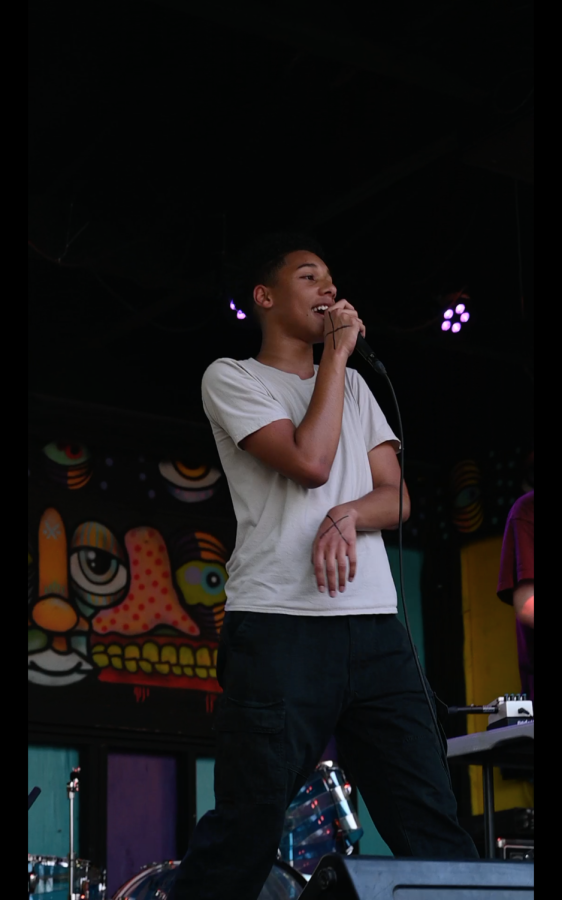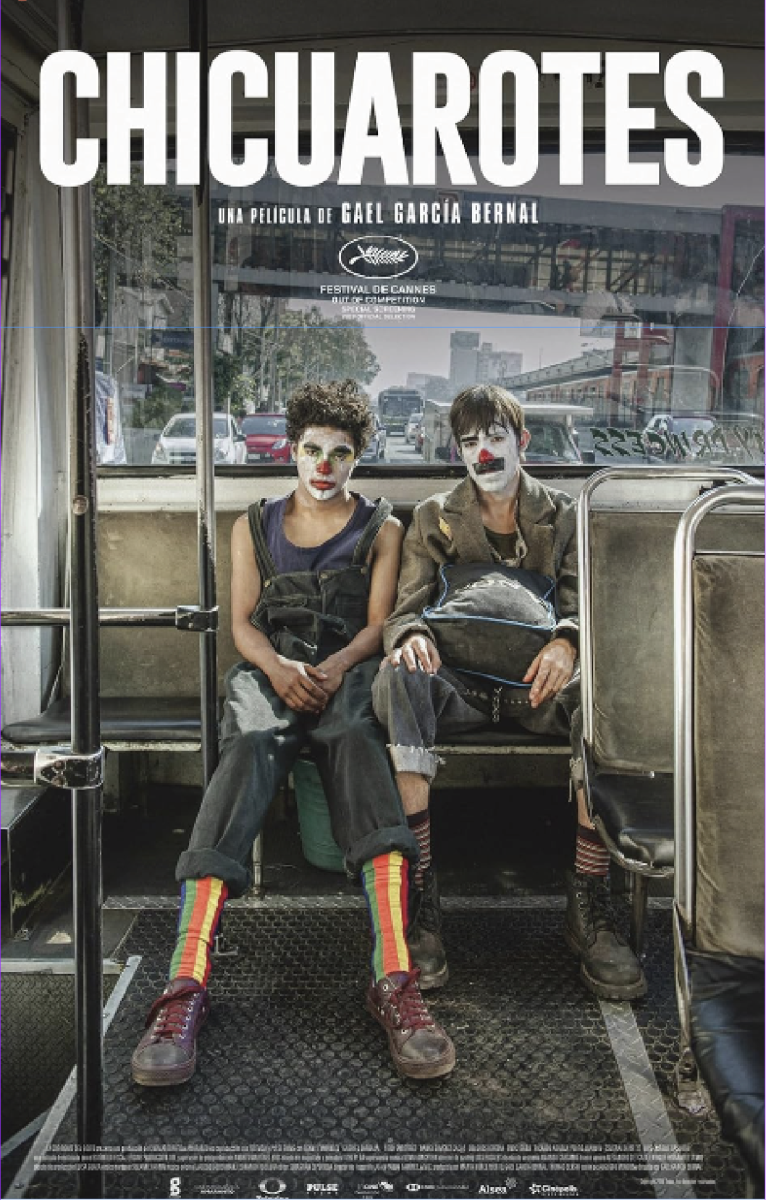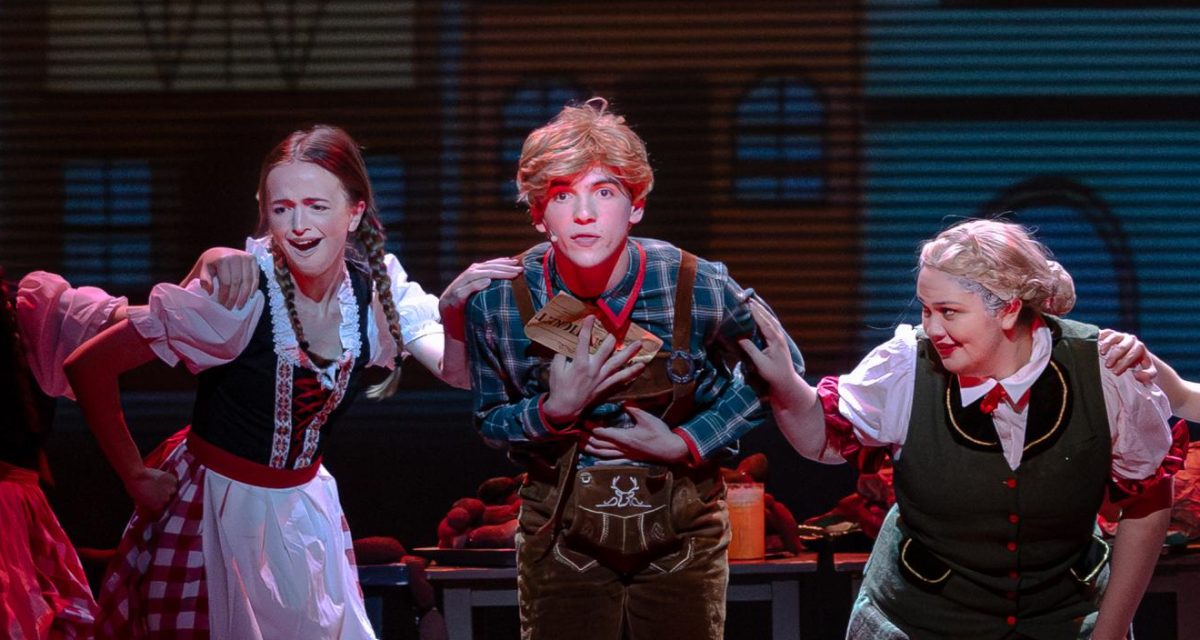Art imitates life, or so the saying goes. But for junior Mateo Jones, it’s the opposite. Jones and the music he makes are the products of different musical influences: from Kendrick Lamar to Ken Carson and from cello to rap. And without his art—music—life would be a lot less exciting.
“Without music?” Jones said. “[My life] would be very boring. I don’t know what my life would be like without music.”
Perhaps a life without music is hard for Jones to imagine since it has been with him forever. Jones began playing the cello at age 7 after his parents put him in the University of Texas String Project program. But around seventh grade, Jones began exploring a new style of music.
“As I got older, like middle school age, I started listening to rap,” Jones said. “That kind of inspired me to start rapping myself. So at first, I started making beats, but then I transitioned to actually rapping.”
Ever since then, Jones has been rapping under the name Starity and posting his original music on platforms such as Spotify, where he’s a verified artist, and SoundCloud. While Jones might lack the experience needed to give a personal touch to his songs, Starity is a way for him to tinker with different influences until he finds something that works.
“A lot of the subjects in my rap reflect the subjects that I hear other people rap about,” Jones said. “I feel like I haven’t gotten to a level yet where my lyrics are really personalized. They’re mostly just reflections of other artists I hear or listen to on a daily basis.”
Jones’s biggest influences are Kendrick Lamar, Young Thug and Playboi Carti. Each of their distinct styles reflects a step in Jones’s own musical journey.
“At first with Kendrick Lamar, I was kind of doing more lyrical music, trying to tell a story,” Jones said. “But then I kind of shied away from that. Now I’m just trying to make music that will go well at a concert. People like Playboi Carti kind of influence me in the ‘making music for concerts’ aspect, now that I’m actually doing concerts.”
Jones has performed live only a handful of times, but the experience provided an incredible feeling, and with it, a new motivation to keep making music.
“It’s just the adrenaline rush,” Jones said. “The feeling of having people actually mess with your music in person, not on a screen, just keeps me going. It just makes me really happy to perform and that’s the feeling I want to chase.”

Starity has also provided Jones with the opportunity to collaborate and by extension, connect with his peers. While Jones has collaborated with many artists, including Andy Morin of the hip-hop group Death Grips, the most meaningful projects have been with sophomores Townes Hamre and Jaxon Williams, as well as junior Lucas Hendrix.
“I really love collaborating with them,” Jones said. “It’s just a different feeling to be physically with someone that you know and you’re friends with and make something that’s really good.”
Hendrix discovered Jones’s rap after a friend showed him the song he did with Death Grips’ Andy Morin.
“[Morin’s] name caught my ear,” Hendrix said. “And it was so odd [that they’d collaborated] ’cause this kid was a damn cello player in my orchestra.”
Hendrix and Jones’s collaborations came in the form of performing live together. For Hendrix, the challenge of performing with Jones is trying to match his energy.
“He has this constant hype to him, so he doesn’t get tired,” Hendrix said. “Or maybe he doesn’t notice it, but it doesn’t diminish or increase at all.”
Hamre, who is part of a musical duo called hydration with Williams, was drawn to working with Jones because their sounds were similar. To Hamre, Jones adds not only to the quality of the music but also to the creative process itself.
“It’s really easy working with him because you just send a beat and a day later he has it ready,” Hamre said. “[Working with Jones] has helped me with mixing vocals and working with different styles of rapping. [I admire] how professional he sounds even though he doesn’t have a ginormous audience.”
Regardless of the size of his audience, creating music for others to listen to is invaluable to Jones.
“When I’m listening to the sounds fully, if it’s actually good, I’m just like, ‘Wow, I can’t wait to put that out to the public,’” Jones said.
But publishing his music online also provides added vulnerability for Jones.
“If someone doesn’t like your song, [they can say], ‘Look what Mateo just made,’ and just pull it up like that,” Jones said. “It’s so easy to access. Sometimes it can be stressful, but mostly it’s cool that everybody can hear my music.”
Jones is willing to take whatever risks come with putting himself out there. Whether it’s cello or rap, for Jones, music is the only path ahead.
“Music means happiness,” Jones said. “The way I live is just surrounded by music. There’s really nothing I would be passionate about if it wasn’t for music. It’s really—sounds kind of corny, but—my way of life.”



![Junior Mateo Jones performs at Tunnel Vision in July 2022. Performing live provides motivation for Jones. "[Concerts] really got me really interested in making music again," Jones said.](https://macshieldonline.com/wp-content/uploads/2022/11/2022-11-05-900x595.jpeg)




